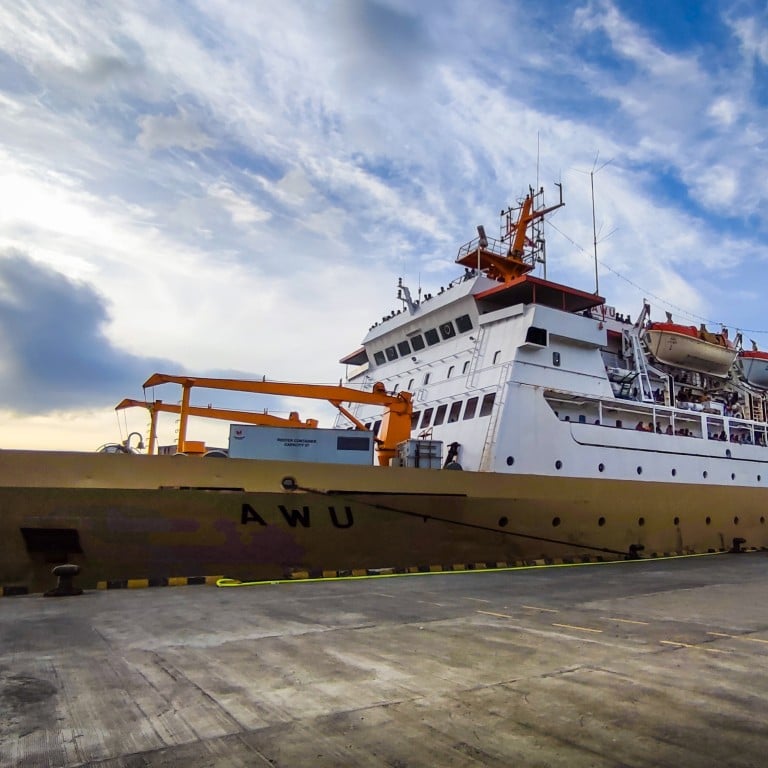
The obscure pleasures of 40 hours on an overloaded ferry in Indonesia – no berth, indifferent food, but all humanity is here, and with stories to tell
- Indonesian company Pelni’s economy-class ferries connect the country’s big cities with its remote islands, taking people to family, funerals, and far-flung jobs
- The food and facilities are nothing to write home about and berths are at a premium, but they show visitors a side of the vast archipelago few tourists see
“Dear passengers, good morning. Breakfast will be served soon, please queue responsibly.” The metallic voice of the ship’s steward issuing from a loudspeaker overhead pulls me back from a dream into neon-lit reality.
From my inflatable mattress on the floor, I see people everywhere.
The luckier ones are slumped like sacks on the few seats available, while the majority are splayed out over the floor on thin sheets of paper, surrounded by rubbish-strewn plastic trays and cups filled with cigarette butts.
Showing proof of Covid-19 vaccination on a digital app was required to board, but very few people are wearing face masks.

On the deck outside, as the sun’s rays start to pierce the dawn, the scene is little different. Stepping over outstretched limbs, early risers line up on the staircase rising from the lower decks, where ship attendants dispense boxed meals three times daily.
Seventy years on, the company is thriving in the face of low-cost air transport and the aftermath of a global pandemic.

A steward who has taken a liking to this foreigner, the only one on board, tells me he has counted close to 2,000 tickets even though the vessel has an official capacity of only 900 people.
Nevertheless, Pelni’s safety record is good: only one ship, the Tampomas II, has met with disaster. In January 1981 it caught fire and sank while sailing between Jakarta and Makassar, taking 431 people to their deaths. In 2011, a Pelni vessel rolled over while being repaired in Surabaya and was abandoned without casualties.
Pelni was founded on April 28, 1952 after the dissolution of Indonesian shipping line Pepuska (an acronym for “Centrally Controlled Ships Foundation”).
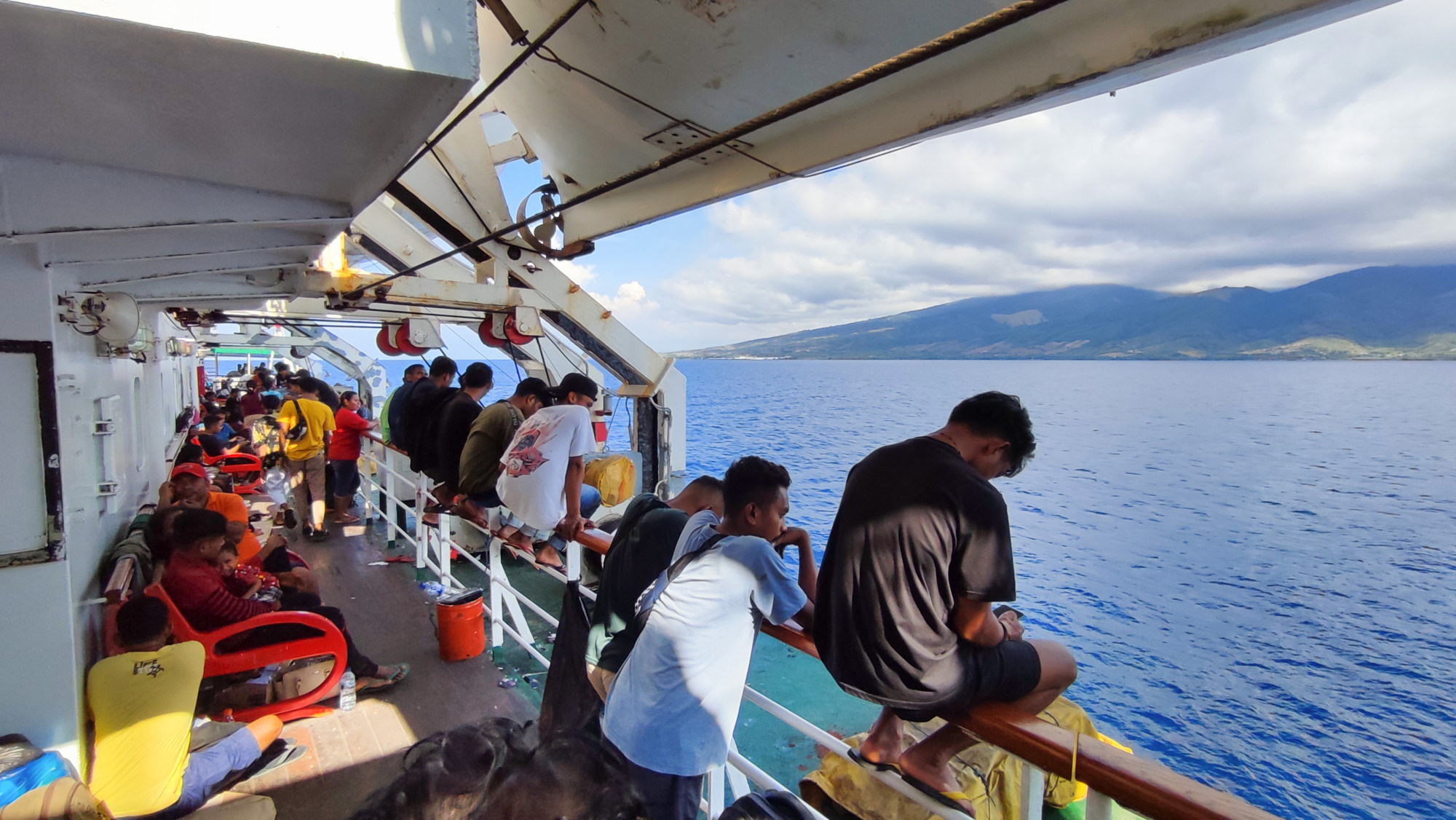
Pepuska had been launched in 1950 after the former Dutch colonial powers refused to hand over Koninklijke Paketvaart-Maatschappij, the first inter-island transportation company, which had been founded in the then colony in 1888.
Initially, Pelni operated ships rented from around the world – including some looted by Japan in World War II – while a fleet of 45 vessels was being produced in Europe.
Between the early 1980s and the late ’90s, Pelni became the muscle of then-president Suharto’s transmigration programme, shuttling Javanese and Sumatran migrants to new homes in the eastern Indonesian islands.
Small-ship cruises in Pacific and Southeast Asia: not ‘the same old stuff’
In the past two decades low-cost airlines have taken a heavy toll on the company, which since 2012 has focused on cargo and budget passenger services. According to its website, Pelni’s 26 ships now serve 83 Indonesian ports.
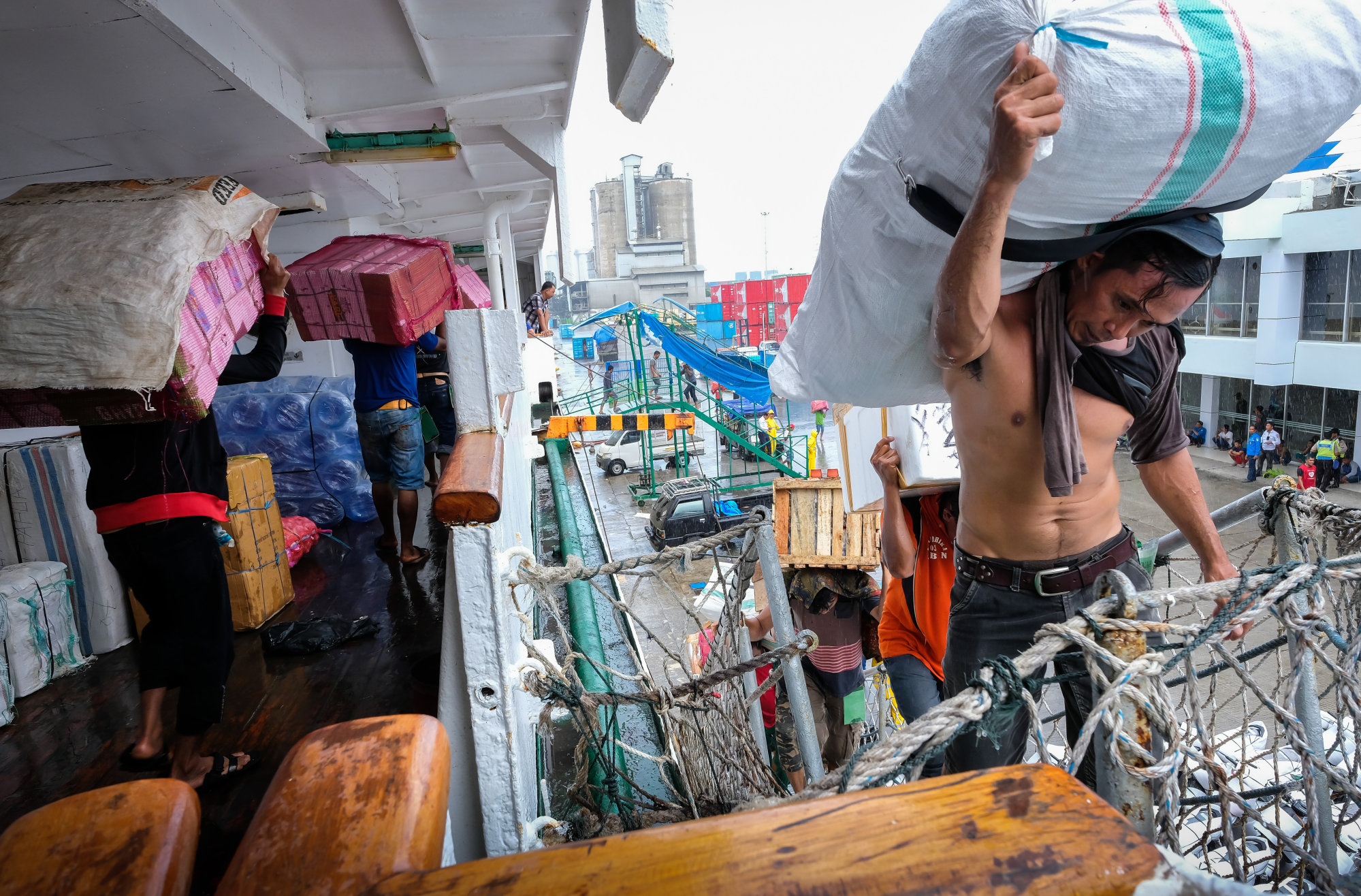
The Kapal Awu calls at Surabaya, Bali, Bima, Waingapu, Ende and Kupang, completing a round trip back to Borneo in 14 days. Forty hours is a relatively short Pelni trip: in 2019, I left Makassar, Sulawesi, and disembarked in Sorong, West Papua, five days later.
Then, my wife and I found berths free on the lower decks, which are equipped with large common rooms in which hundreds of passengers curl up next to strangers in long rows of single bunks.
This time, because of a post-pandemic increase in the cost of domestic flights, we have found only floor space next to the main control room.
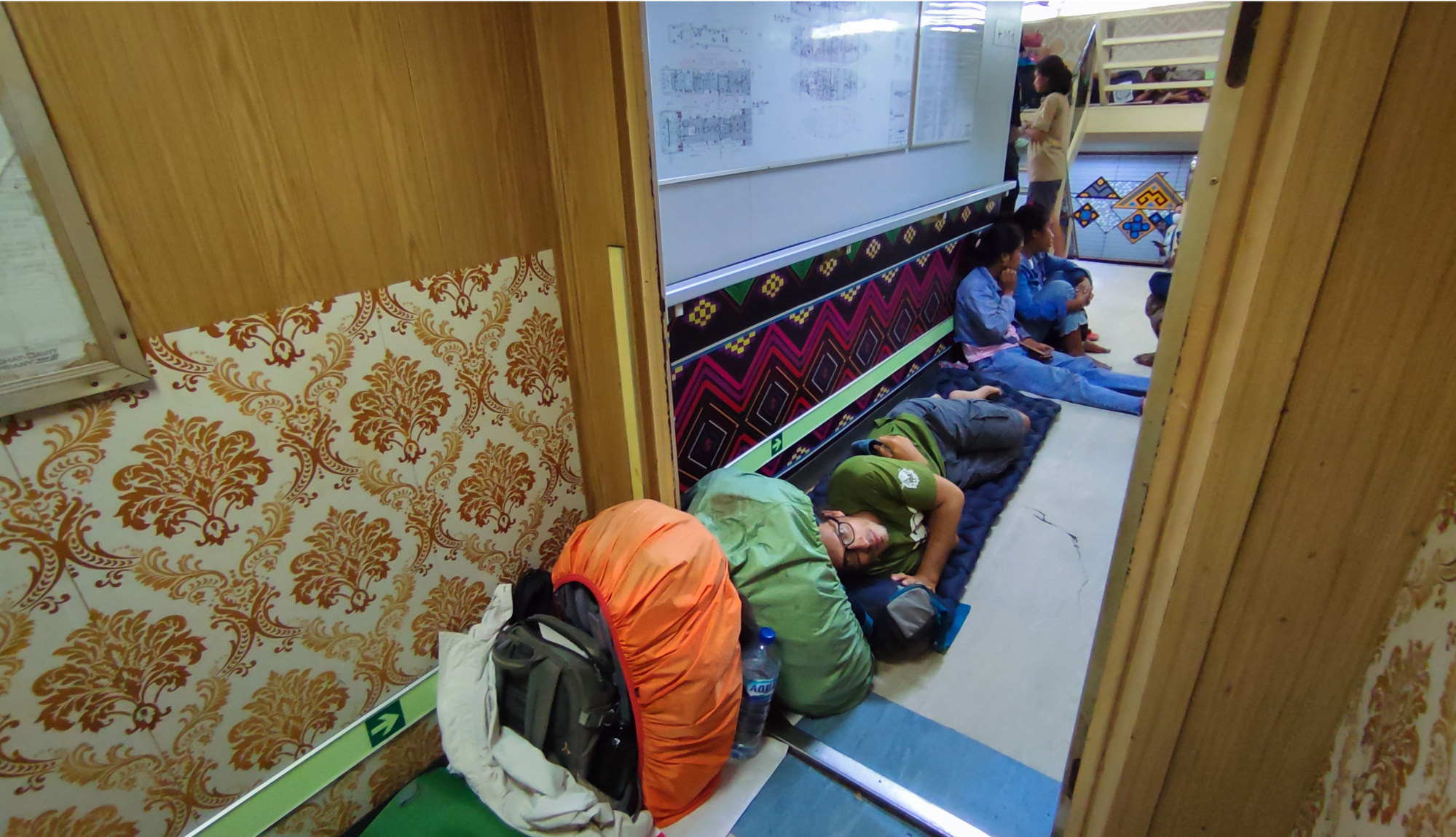
For those who can speak passable Indonesian, a trip on a Pelni ferry is also an incredible opportunity to experience the country as it is away from the tourist trail.
Less interesting is the food, which is included in the cost of tickets (the equivalent of US$18 for a two-day trip) and is the same mix of tasteless rice, soggy cabbage and a tiny slice of meat or fish three times a day. The toilets are nothing to write home about, either.
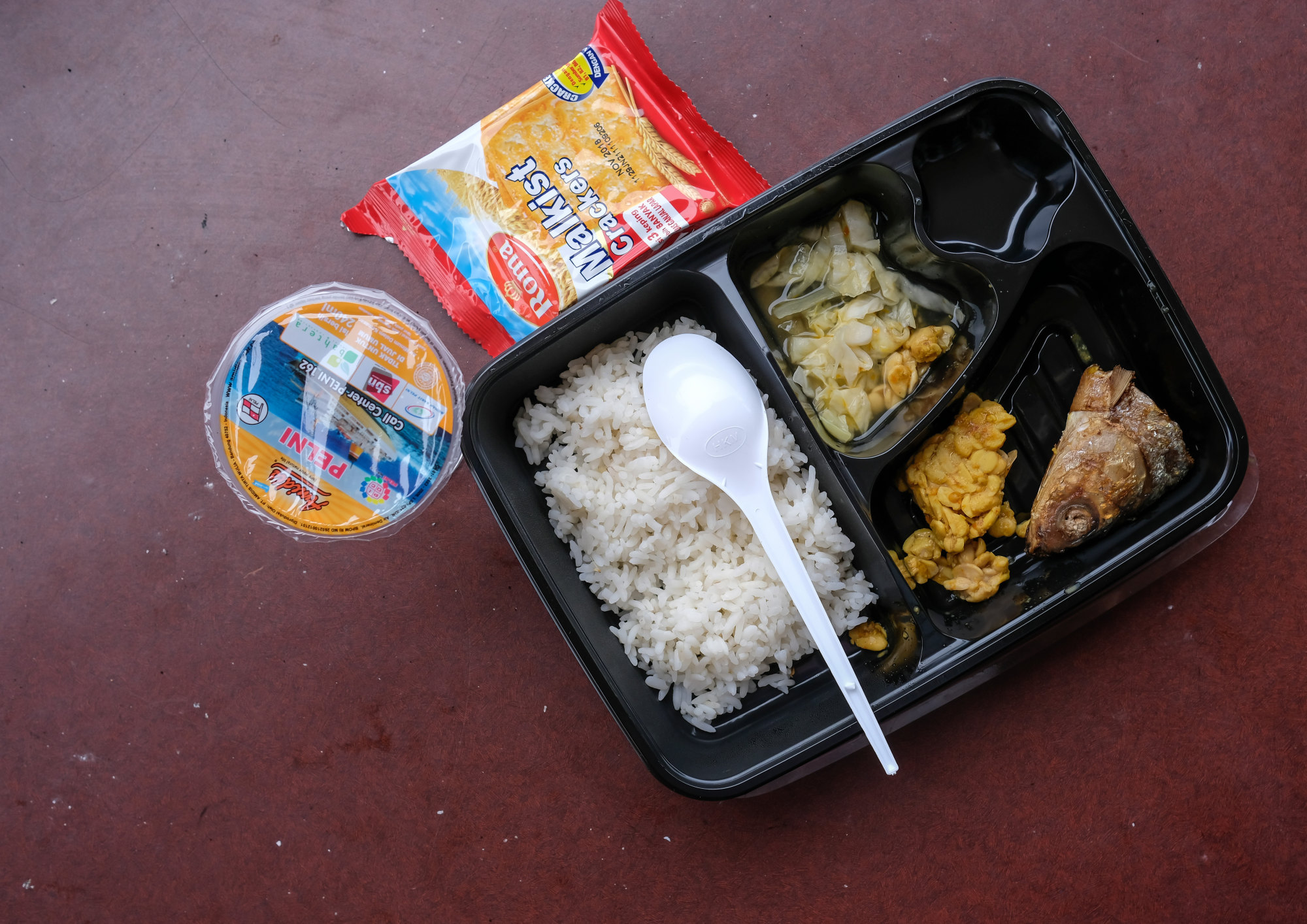
The working-class Indonesians I sail with have no choice but to sail with Pelni. They cannot afford even the cheapest domestic airfares and must use these overcrowded boats to reach far-flung jobs, rejoin families, attend important events or pay their respects to the departed.
“My father just passed away,” says the middle-aged woman sitting on the corridor floor next to me after we board in Ende, the boat already packed with passengers from Kupang, West Timor.
She disembarks that evening in Waingapu, Sumba, from where her final destination is another six hours away in a shared taxi. Her journey back to her home in Maumere, Flores, will take her at least another two days.
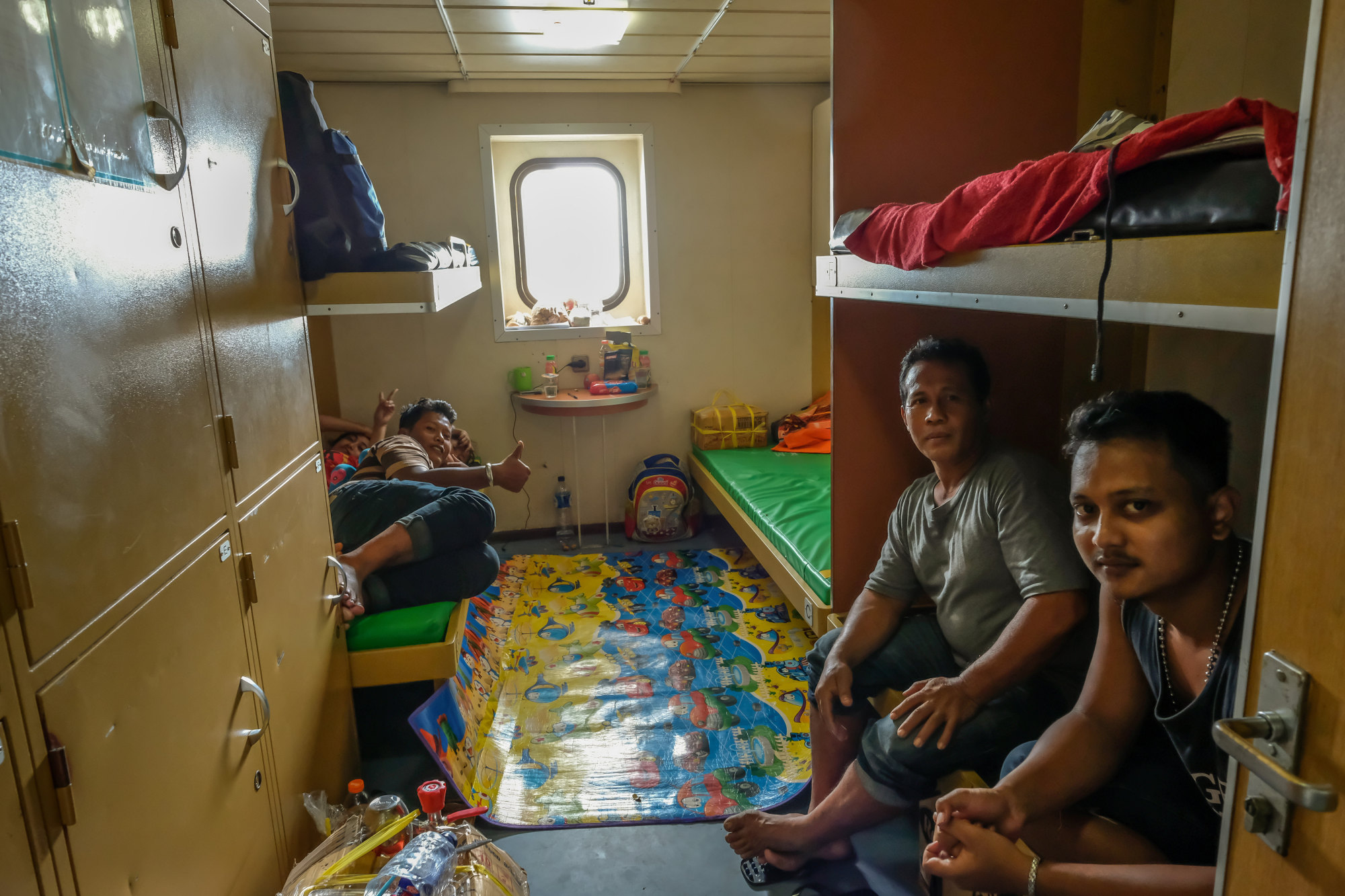
On the top deck of four, dangdut music blasts from the speakers of a small cafe fronted by fully occupied tables.
Every person I speak to has an interesting story to tell – from the former Balinese tourist guide who wants to practise his English and is “returning from Kupang, where my wife’s family lives, to check the pulse of post-pandemic Bali and find a new job”, to the rugged old man with few teeth who is braving a week at sea to reach Kalimantan and start work in a mine.
The youngest passenger is just two months old: his mother is on a five-day trip from Bima, Sumbawa, to Kalimantan, where she’ll reunite with her husband.
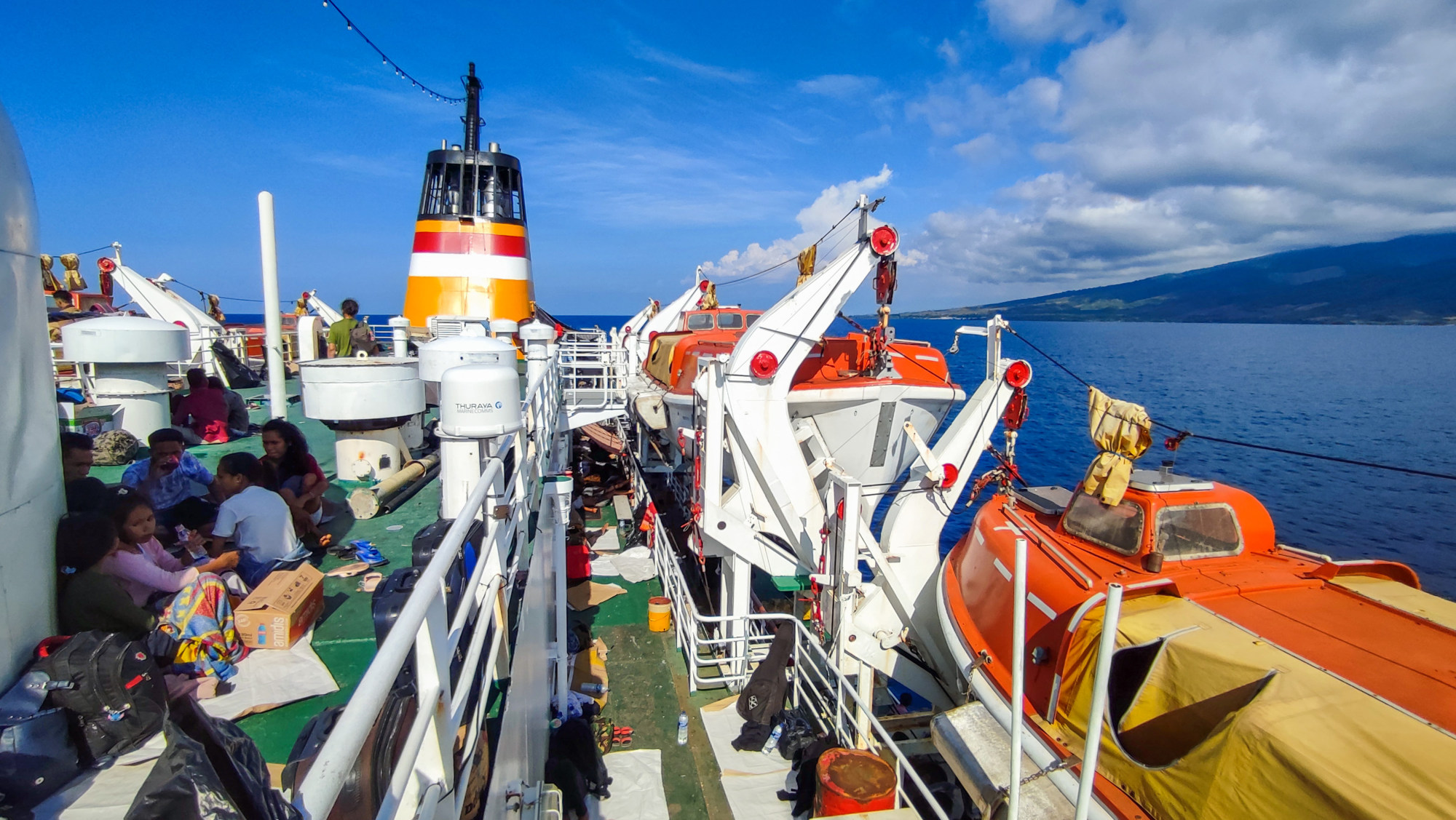

Space is at such a premium, people are seated even on the covering of the ship’s upper deck, camping out under blankets and towels tied between the boat’s funnels and railings as protection from the strong sun, night winds, and occasional rain.
A generator screeches uninterrupted all day, but the people there get used to it quickly, more than happy to have found a place to lie down and rest.
As I stand above the bow on my second and last evening on board, I hear someone yell and point at the calm sea around us.
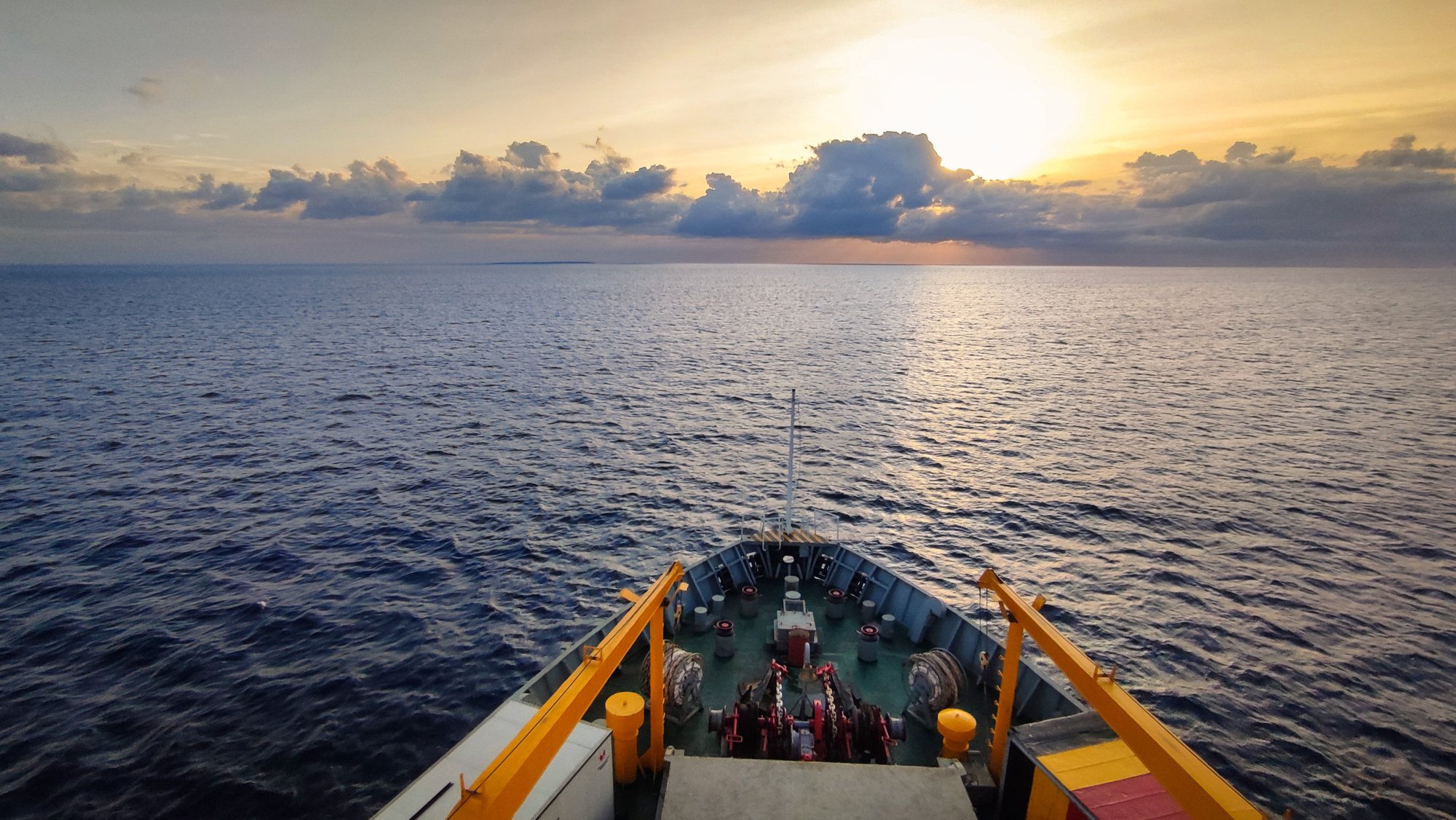
Dolphins, one after the other, somersault from the deep to swim ahead of the ship as a dark purple disc sets over the horizon.
Suddenly, the atmosphere is joyful, everyone is cheering and the cramped conditions of the Kapal Awu are forgotten.

